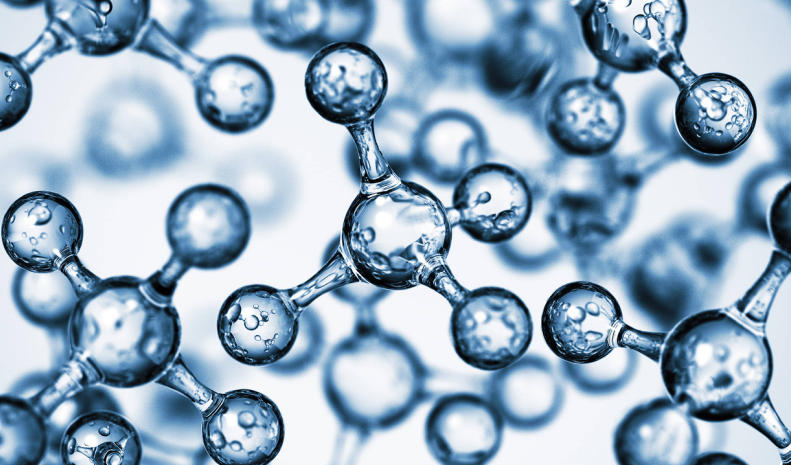1. Basic Concepts of Polymer Surfactants
Polymer surfactants refer to substances with a molecular weight reaching a certain level (typically ranging from 103 to 106) and possessing certain surface-active properties. Structurally, they can be classified into block copolymers, graft copolymers, and others. Based on ionic type, polymer surfactants are divided into four major categories: anionic, cationic, zwitterionic, and nonionic. According to their origin, they can be categorized as natural polymer surfactants, modified natural polymer surfactants, and synthetic polymer surfactants.
Compared to low-molecular-weight surfactants, the main characteristics of polymer surfactants are:
(1) They have a relatively weaker ability to reduce surface and interfacial tension, and most do not form micelles;
(2) They possess a higher molecular weight, resulting in weaker penetration power;
(3) They exhibit poor foaming ability, but the bubbles they form are relatively stable;
(4) They demonstrate excellent emulsifying power;
(5) They have outstanding dispersing and cohesive properties;
(6) Most polymer surfactants are of low toxicity.
2. Functional Properties of Polymer Surfactants
·Surface Tension
Due to the orientational behavior of the hydrophilic and hydrophobic segments of polymer surfactants at surfaces or interfaces, they possess the ability to reduce surface and interfacial tension, though this ability is generally inferior to that of low-molecular-weight surfactants.
The capacity of polymer surfactants to lower surface tension is weaker than that of low-molecular-weight surfactants, and their surface activity declines sharply as molecular weight increases.
·Emulsification and Dispersion
Despite their high molecular weight, many polymer surfactants can form micelles within the dispersed phase and exhibit a critical micelle concentration (CMC), thereby fulfilling emulsifying functions. Their amphiphilic structure allows one part of the molecule to adsorb onto particle surfaces while the other part dissolves in the continuous phase (the dispersion medium). When the polymer’s molecular weight is not excessively high, it exhibits steric hindrance effects, creating barriers on the surfaces of monomer droplets or polymer particles to prevent their aggregation and coalescence.
·Coagulation
When polymer surfactants have very high molecular weights, they can adsorb onto numerous particles, forming bridges between them and creating flocs, thus acting as flocculants.
·Other Functions
Many polymer surfactants themselves do not produce strong foam, but they exhibit strong water retention and excellent foam stability. Due to their high molecular weight, they also possess superior film-forming and adhesive properties.
·Solution Behavior
The behavior of polymer surfactants in selective solvents: Most polymer surfactants are amphiphilic block or graft copolymers. In selective solvents, their solution behavior is more complex than that of small molecules or homopolymers. Factors such as molecular structure, the length ratio of amphiphilic segments, composition, and solvent properties significantly influence their solution morphology. Like low-molecular-weight surfactants, amphiphilic polymers reduce surface tension by adsorbing hydrophobic groups at the surface while simultaneously forming micelles within the solution.
Post time: Nov-10-2025


